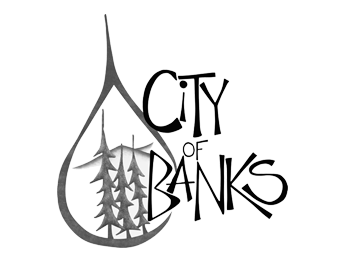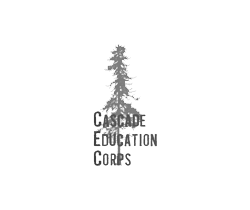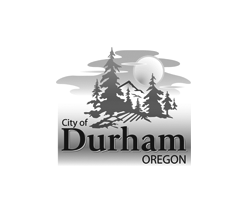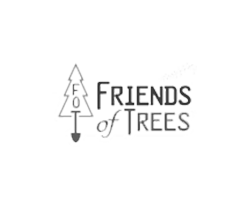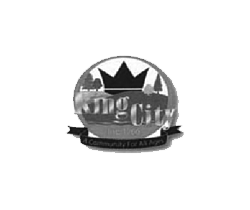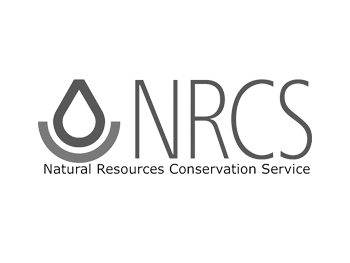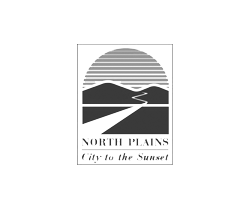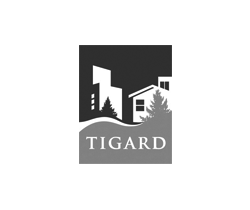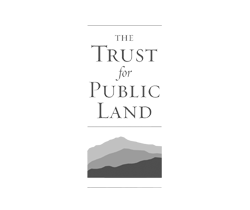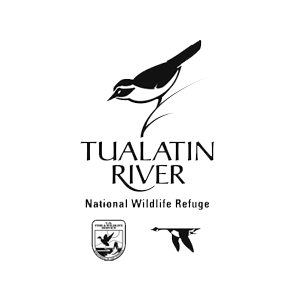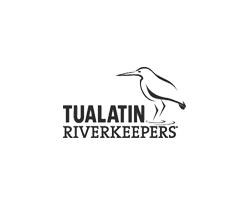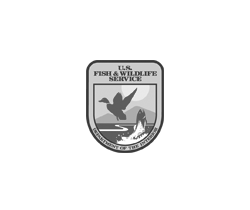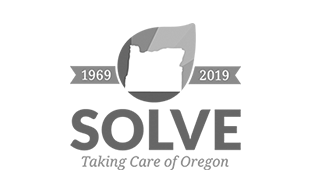Action for a Healthier Watershed
What began as a community challenge to plant trees in 2005 has grown into a collective impact network of community members, organizations, and institutions. Regional land and water stewardship agencies and organizations are working together to advance a healthy watershed by learning together, aligning, and integrating our actions to achieve landscape-scale change. Learn more about our visioning work in the Final Report from the 2022-23 visioning process.
Structure for Collaborative Governance
The Tree for All governance structure is founded on equity and inclusiveness and is supported by Partners who are willing to contribute to solutions to achieve their common goals. Developed by the Planning Committee, the collaborative governance structure was adopted by partners at the Partner Gathering in October 2024.
Adopted Collaborative Governance
Leadership provided by Planning Committee
The Planning Committee is collectively empowered to make decisions on behalf of the Working Groups, Partners, and Subscribers. They are committed to taking the necessary time to build authentic relationships with individuals, organizations, and communities that traditionally haven’t had a voice in the decision-making process. By committing to this approach, the work of Tree for All will be more inclusive and representative of the rich cultural diversity of the Tualatin River Watershed. Planning Committee members have agreed to serve from July 2025 to June 2027 and provide backbone leadership and guidance to the collaboration.
Bruce Barbarasch, Tualatin Hills Parks and Recreation District
Jill Erickson, Clean Water Services
Glenn Fee, Tualatin Riverkeepers
Rebecca Gomez, US Fish and Wildlife Department
Rich Hunter, Clean Water Service
Kristel Griffith, Clean Water Services
Scott McEwen, Tualatin River Watershed Council
Dean Moberg, Tualatin Soil and Water Conservation District
Daniel Rittatore, Clean Water Services
Lacey Townsend, Tualatin Soil and Water Conservation District
Tara Wilkinson, The Intertwine Alliance
Lisa Renee Wilson, City of Hillsboro
Strategy for Action by Working Groups
Working Groups are created with the aim of focusing Partner efforts on specific activities and harnessing the power of the collective to solve issues together. Working Groups are formed around ideas and opportunities rather than around organizations. Partners may suggest and create Working Groups in coordination with the Planning Committee. The Planning Committee can create Working Groups as needed to define and develop ways to implement Initiatives by setting goals, establishing criteria for projects, creating shared measurements, and discovering opportunities for action.
The initial Working Groups were created to refine and prioritize themes created by Tree for All Partners at visioning workshops in 2022-23. They are:
Healthy Tree Canopy
The Working Group will focus on defining a baseline for a healthy canopy in urban and natural areas, how to improve the canopy health, and how to care for the canopy into the future.
Habitat Connectivity
The Working Group will focus on defining a baseline for connected habitat throughout the Tualatin River Watershed, identifying projects throughout the watershed to restore and protect connected habitats.
Since 2005, Tree for All partners have:
Restored more than 150 miles of river and stream habitat.
Saved the public millions of dollars by deploying lower-cost, multi-function green infrastructure rather than installing and operating chillers.
Learned and applied groundbreaking lessons about stewardship, allowing projects to thrive and connect with each other.
Planted more than 17 million native plants. Well-stewarded, that’s enough plants to provide habitat for at least 225,000 cutthroat trout, and exert a cooling influence greater than 23 million trays of ice.
“We all want healthy places to live. We all want access to healthy food. We want water quality and good recreation opportunities for ourselves and our children and our neighbors. That’s something we all agree on, and we move our missions forward based on that understanding and that passion.
”



